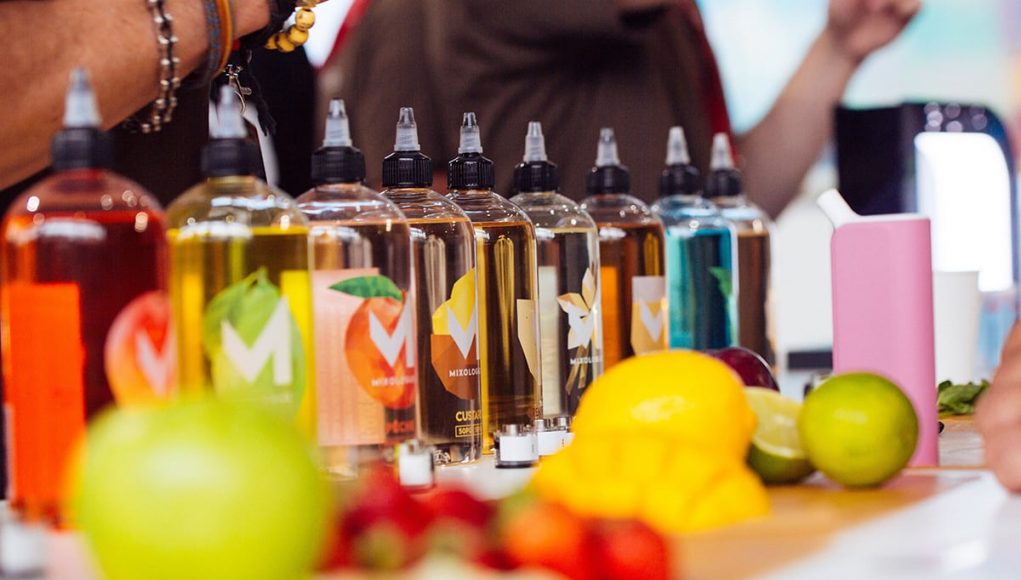The researchers found that following the new flavour restrictions, for every flavoured pod which was not sold, 15 additional regular cigarettes were. This led to the conclusion that the flavour restrictions drove vapers to switch back to regular cigarettes. In fact, they added, the cigarette brands most common with young people, saw an increase in sales.
This means that any good any positive strides which may have been achieved by banning flavours, would have been cancelled by more people smoking regular cigarettes, which of course are significantly more harmful than vapes. “Further, cigarette sales increase even among brands disproportionately used by underage youth. Thus, any public health benefits of reducing ENDS use via flavor restrictions may be offset by public health costs from increased cigarette sales.”
The rise of disposable vapes
In the beginning of 2020, the FDA restricted the flavours allowed in refillable vapes like Juul, to menthol and tobacco flavours, which tend to be preferred by adults. However, this restriction didn’t affect single-use vapes. Hence, another way that the flavour ban has back fired is by many users migrating to disposables, which amongst other things are creating a heavy burden on the environment due to their disposable nature.
In fact, last year Reuters reported that disposable vapes accounted for one-third of all US vape sales, eclipsing Juul’s 30% market share at the time and up from 2% in 2019. The devices had already grown in popularity by 2019, and in some countries this rise was linked to marketing on social media platforms such as TikTok or Instagram, which use influencers to promote the products.
The non-committal nature and cheaper price tag of the products, are two main features which make them appealing to first time users and experimenters. Another reason why disposable vapes had exploded on the market, is the fact they contain synthetic nicotine, a factor which exempted them from being regulated.
Disposables make up nearly 40% of the global vape industry
Meanwhile, a recent analysis by ECigIntelligence, the renowned data and analysis provider for the vape industry worldwide, has revealed that disposable vapes now constitute nearly 40% of the vaping industry worldwide. And while the products initially surged in popularity in the United States, disposable e-cigarettes are now experiencing faster growth in other countries.
Thankfully, a positive recent development is the emergence of eco-friendly alternatives, such as disposables made primarily from paper and/or containing biodegradable components, addressing the environmental concerns associated with the products.
ECigIntelligence has been vigilantly observing disposable e-cigarettes since 2020. The agency has recently unveiled a Disposable E-Cigarettes Tracker, enabling it to gather insights into this swiftly expanding market. This tool provides essential information on pricing, technical features, flavour varieties, and nicotine strengths across different brands sold by major online retailers. Users can also conduct side-by-side comparisons of specific models and pinpoint their nearest competitors, considering factors such as puff count, e-liquid capacity, battery capacity, and physical design.
New Study Reiterates That Vape Flavour Bans Could Worsen Smoking Epidemic




![Recent Conference Urged Nations Worldwide to “Quit [Smoking] Like Sweden”](https://www.vapingpost.com/wp-content/uploads/2024/04/vape-conference-238x178.png)







